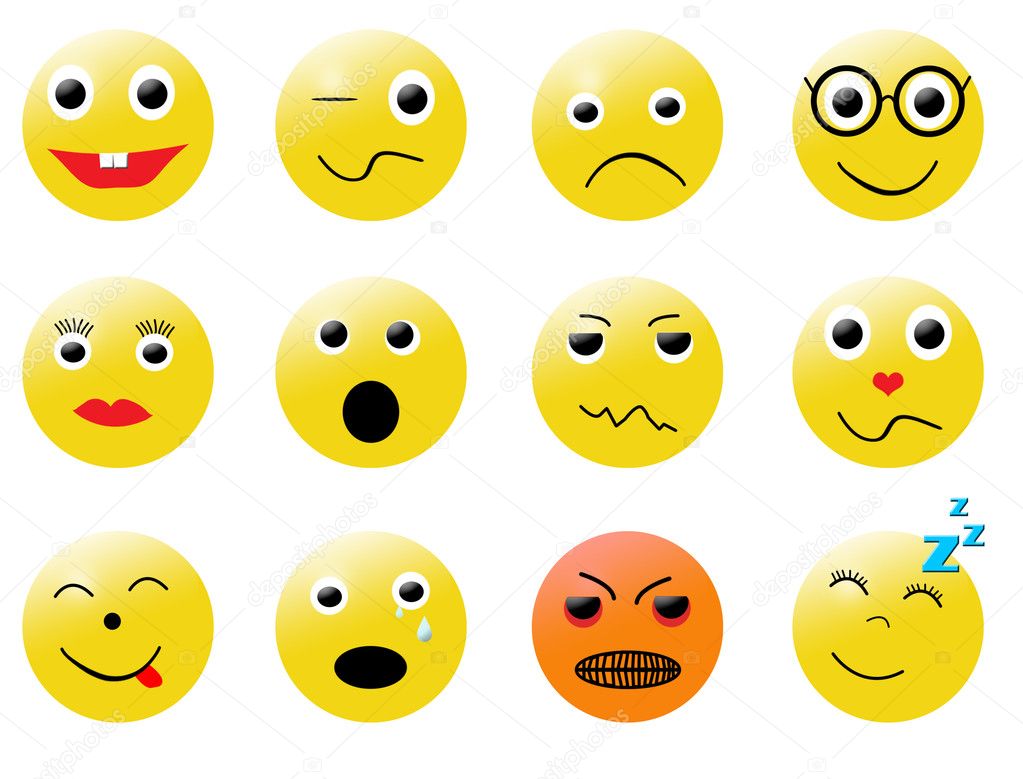Assignment 2 Task 3 (M1)
Introduction:
From the research which I have gathered for P3, I am now going to use the barriers which I have identified to explain mechanisms which can be used to reduce the impact of these barriers to communication.
General Communication Barriers
Language used (terminology)
From P3 you can see the barriers to effective communication for the language which you use and they include words from which people use which might be offensive to people from other countries. An example of a mechanism which can be used to reduce the impact of this barrier to communication is by using words that less technical people can understand because people who do not work inside an IT business will not know some of these words. Another mechanism which can be used to reduce the impact of this barrier is by using a translator when you do not understand what people are saying to you of a different language. Finally this would work because by using a translator you will not be offending people who speak a different language.
Age
Also from P3 you can see the barriers to effective communication for people who are different ages and they include younger people knowing more about texting and shortened messaging. One example of a mechanism which can be used to reduce the impact of this barrier to communication is by communicating your message to a different generation in a different way which will help them communicate in a different way. This will work because different generations will know different technical words and phrases. Finally you can also overcome age barriers by hanging out with people who are around the same age as you because you will have more in common.
Cultural Differences
Finally the last general communication barrier to effective communication is people who have different cultures and they include different cultures using different words or signs which are not acceptable in other cultures. One example of a mechanism which can be used to reduce the impact of this barrier to communication is by respecting other people's beliefs and social habits. This will work because by respecting other cultures, it will show that you are not discriminating.
Cultural Differences
Finally the last general communication barrier to effective communication is people who have different cultures and they include different cultures using different words or signs which are not acceptable in other cultures. One example of a mechanism which can be used to reduce the impact of this barrier to communication is by respecting other people's beliefs and social habits. This will work because by respecting other cultures, it will show that you are not discriminating.
Interpersonal Skills Barriers
Body Language (Talking and Listening)
From P3 you can also see that I have talked about the barriers to effective communication for interpersonal skills and an example of this is your body language. One example of a body language barrier which I have talked about is the tone of voice which you use and this will show the other person what kind of mood you are in. One example of a mechanism which can be used to reduce the impact of this barrier is by talking in a good tone of voice which will show the other person that you are being friendly. Finally you can also overcome by focusing when listening and this will show that you are not being rude.
Background Noise
Background Noise
Background noise is another example of a barrier to effective communication which is an interpersonal skill snd someone who is hovering will distarct you when you are trying to talk to someone else. One example of a mechanism which can be used to reduce the impact of this barrier to communication is by going to a room which is quiet so you can hear what the other person is saying to you. Finally this would work because by going to a quiet room you will be able to fully understand what the other person is saying to you so there will be no conflict.
Negative Emotions
Finally the last interpersonal skill barrier to effective communication is negative emotions and they could be triggered by previous experiences. One example of a mechanism which can be used to reduce the impact of this barrier to communication is by thinking positive about something which you enjoy doing. This would work because you will not have bad memories going about in your head and you will have a positive attitude.
Finally the last interpersonal skill barrier to effective communication is negative emotions and they could be triggered by previous experiences. One example of a mechanism which can be used to reduce the impact of this barrier to communication is by thinking positive about something which you enjoy doing. This would work because you will not have bad memories going about in your head and you will have a positive attitude.
Written Communication Barriers
In this last section for written communication, you can see that I have also talked about their barriers to effective communication which you can see in P3. One example of an inappropriate structure which I have talked about is when you do not use short sentences or paragraphs which will make your work boring. An example of a mechanism which can be used to reduce the impact of this barrier to communication is by using short sentences which are easy to read and to use bold writing for your title.
Identifying Relevance
Identifying relevance is another example of a barrier to effective communication and relevant information is a barrier when important information is not standing out and when you are using the same font size. One example of a mechanism which can be used to reduce the impact of this barrier to communication is by using larger font sizes for relevant information and to highlight relevant information. Finally this will work because people will be able to know relevant information with it standing out.
Spelling and Grammar
Finally the last written communication barrier to effective communicationis spelling and grammar and you should spell check and proof read all of your work before you present it. One example of a mechanism which can be used to reduce the impact of this barrier to communication is by not rushing when you are doing your work and you should use the spell checker. Finally this would work because you will have fewer errors in your work.




















